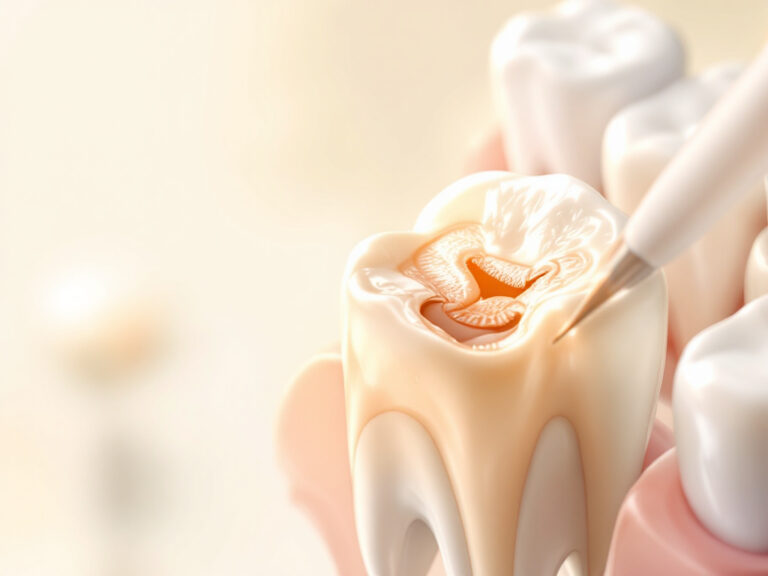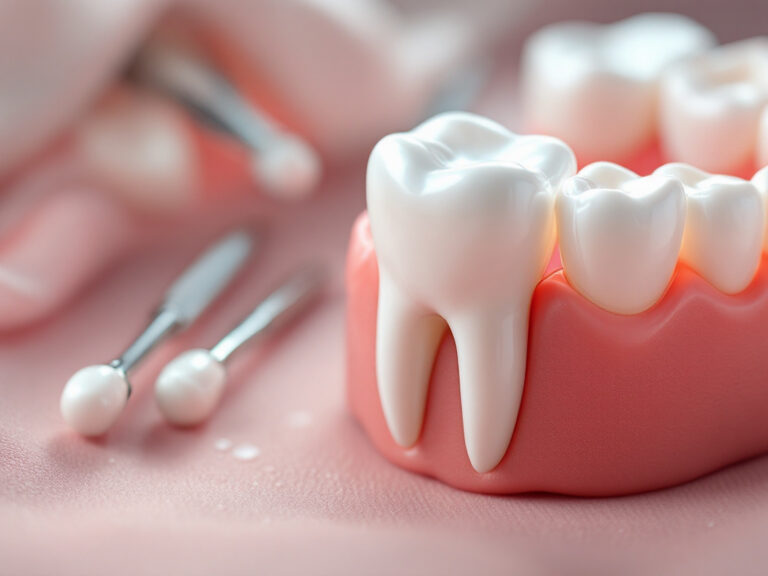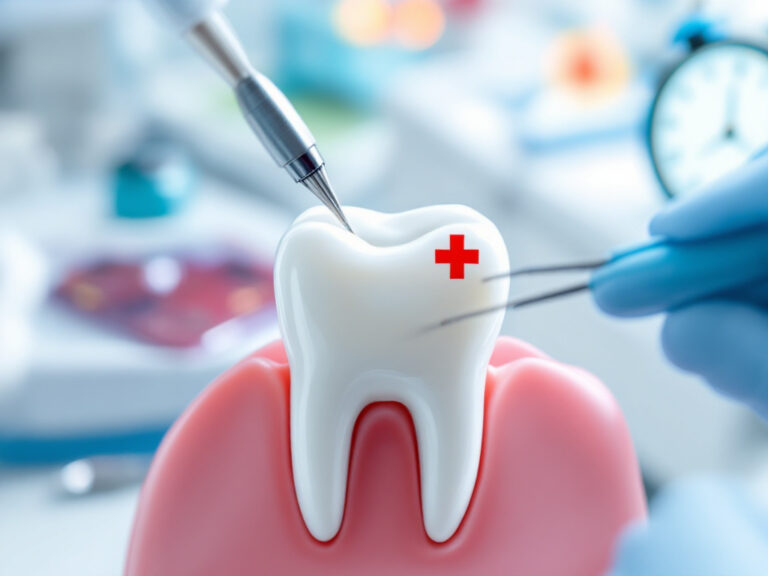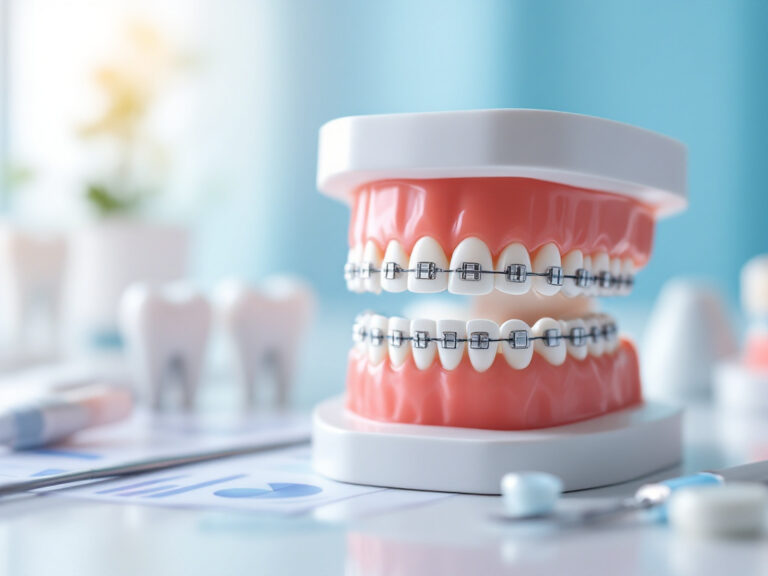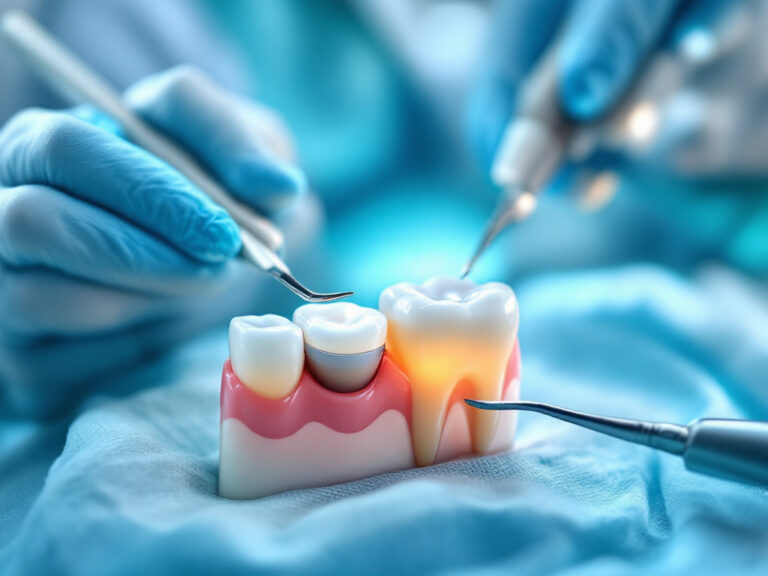Understanding restorative dentistry
Restorative dentistry focuses on repairing and replacing teeth to restore long-term oral function and aesthetics. With affordable restorative dentistry, you gain access to treatments that not only relieve pain and address decay, but also strengthen chewing ability and preserve your natural smile. Modern technology—from digital impressions to CAD/CAM same-day crowns—ensures high-quality restorations that fit precisely and last for years.
What is restorative dentistry
Restorative dentistry includes procedures such as fillings, crowns, bridges, implants and dentures. Each treatment targets a specific issue—whether you have a cavity, a cracked tooth or tooth loss—to rebuild structure and function. By choosing the right option, you maintain proper alignment, prevent further damage and protect your overall health.
Benefits of quality restorations
- Preserve your natural tooth structure and jawbone health
- Improve chewing efficiency and speech clarity
- Enhance appearance and boost self-confidence
- Reduce risk of future dental problems and costly emergency care
Investing in quality restorations—often available through cost-effective programs—sets the foundation for lasting oral wellness.
Exploring cost-effective services
If you’re concerned about treatment expenses, several community and nonprofit resources can help you access affordable restorative dentistry without sacrificing quality.
Federally qualified health centers
Federally qualified health centers (FQHCs) deliver dental services on a sliding scale based on income, making them essential for patients without insurance or those in rural communities. You can find restorative care from routine fillings to denture fittings at reduced costs [1].
Dental school clinics
Dental schools operate student-supervised clinics that charge fees covering only materials and equipment. At the OU College of Dentistry Student Care Clinics, for example, restorative treatments cost 40 to 60 percent less than private practice rates, and Patient Assistance Funding is available for non-covered services [2].
Nonprofit and charity programs
Organizations such as Dental Lifeline Network and America’s Dentists Care Foundation connect you with volunteer dentists and free community events. These programs often provide comprehensive restorative care—from fillings to crowns—for adults with special needs and low-income families [1].
Government benefit plans
Under the Affordable Care Act, insurers must offer pediatric dental coverage in Marketplace plans, and many states include adult dental options, making it easier to budget for your care. Additionally, children and teens in families earning up to $50,000 may qualify for free or low-cost benefits through Medicaid and CHIP [1].
Reviewing common procedures
Understanding the treatments available helps you choose services that align with your needs and budget.
Composite fillings
Composite or tooth-colored fillings repair cavities discreetly. They bond directly to enamel, preserving more tooth structure. The cost typically ranges from $100 to $500, depending on material and cavity size [3]. Learn more about composite dental fillings and cavity repair and restoration.
Dental crowns
A crown encases a damaged tooth to restore strength and appearance. You may choose zirconia, all-porcelain or porcelain-fused-to-metal options. Prices range from $800 to $2,500 per tooth, influenced by material and lab fees [3]. Explore dental crown placement, porcelain crown restoration and emergency dental crown replacement.
Inlays and onlays
Inlays and onlays fill moderate damage without covering the entire tooth, offering a conservative alternative to crowns. They preserve healthy structure and often cost between $650 and $1,200. Ask about porcelain inlay and onlay treatment and techniques for tooth structure preservation.
Root canal therapy
Root canal treatment removes infected pulp to save a tooth, typically running $900 to $2,000 based on complexity [4]. Modern approaches use gentle anesthesia and rotary instruments for comfort. See root canal therapy services and gentle root canal treatment.
Dental bridges
Bridges span gaps by anchoring artificial teeth to adjacent crowns. Costs range from $1,500 to $5,000 depending on materials and number of pontics [3]. Learn about dental bridge replacement to restore your smile.
Dental implants
Implants replace roots with titanium posts, topped by custom crowns for natural form and function. Per-tooth pricing runs $3,000 to $6,000, covering surgery, abutment and restoration [3]. Discuss dental implant consultation and tooth replacement solutions with your dentist.
Dentures
Full or partial dentures offer removable tooth replacement at $2,500 to $5,000 for a set, making them a cost-effective solution compared to multiple implants [4]. Consider custom denture fitting and partial denture replacement for your needs.
Comparing treatment costs
| Treatment | Average cost range | Considerations |
|---|---|---|
| Composite fillings | $100 – $500 | Material choice, cavity size ([Dentist San Francisco]) |
| Dental crowns | $800 – $2,500 | Material, lab fees ([Dentist San Francisco]) |
| Inlays and onlays | $650 – $1,200 | Tooth preservation, lab work |
| Root canal therapy | $900 – $2,000 | Tooth location, infection severity ([Emerson Dental]) |
| Dental bridges | $1,500 – $5,000 | Span length, materials ([Dentist San Francisco]) |
| Dental implants | $3,000 – $6,000 | Surgery, abutment, crown ([Dentist San Francisco]) |
| Dentures | $2,500 – $5,000 | Full vs partial, adjustments ([Emerson Dental]) |
Accessing financial assistance
Sliding scale fees
Many FQHCs and charitable clinics adjust fees based on your income. This model can lower out-of-pocket costs for routine and restorative care.
Dental savings plans
Dental savings plans offer 10% to 60% discounts at participating providers for an annual fee under $150. These plans can cover everything from cleanings to crowns [5].
Insurance options
- Marketplace dental plans may include adult coverage under the Affordable Care Act
- Medicaid and CHIP provide free or low-cost benefits for eligible children and teens [1]
- Ask your employer about supplementary dental insurance or vision-plus-dental bundles
Visit insurance covered dental restoration to see how coverage can lower your expenses.
Patient assistance funding
School-based clinics like the OU College of Dentistry offer Patient Assistance Funding for non-covered services, ensuring you receive essential restorative treatment even without insurance [2].
Selecting your provider
Evaluating qualifications
Choose a dentist with ADA membership, state licensure and specific training in restorative procedures. Review credentials and continuing-education activities to gauge expertise.
Asking about technology
Inquire whether the office uses digital impressions, 3D imaging and CAD/CAM technology for same-day crowns and precise restorations. Advanced tools mean fewer visits and better long-term outcomes.
Considering same-day restorations
Some practices offer chairside milling systems that let you walk out with a new crown in a single appointment. Ask about same-day options to save time and reduce lab fees.
Reviewing patient satisfaction
Read online reviews and request before-and-after photos. Patient testimonials reveal how comfortable the process was and how natural the restorations look.
By combining community resources, modern technology and a knowledgeable provider, you can access affordable restorative dentistry that meets your functional and cosmetic goals. Whether you need a simple filling or a full-mouth reconstruction, these strategies ensure you receive the quality care you deserve.


